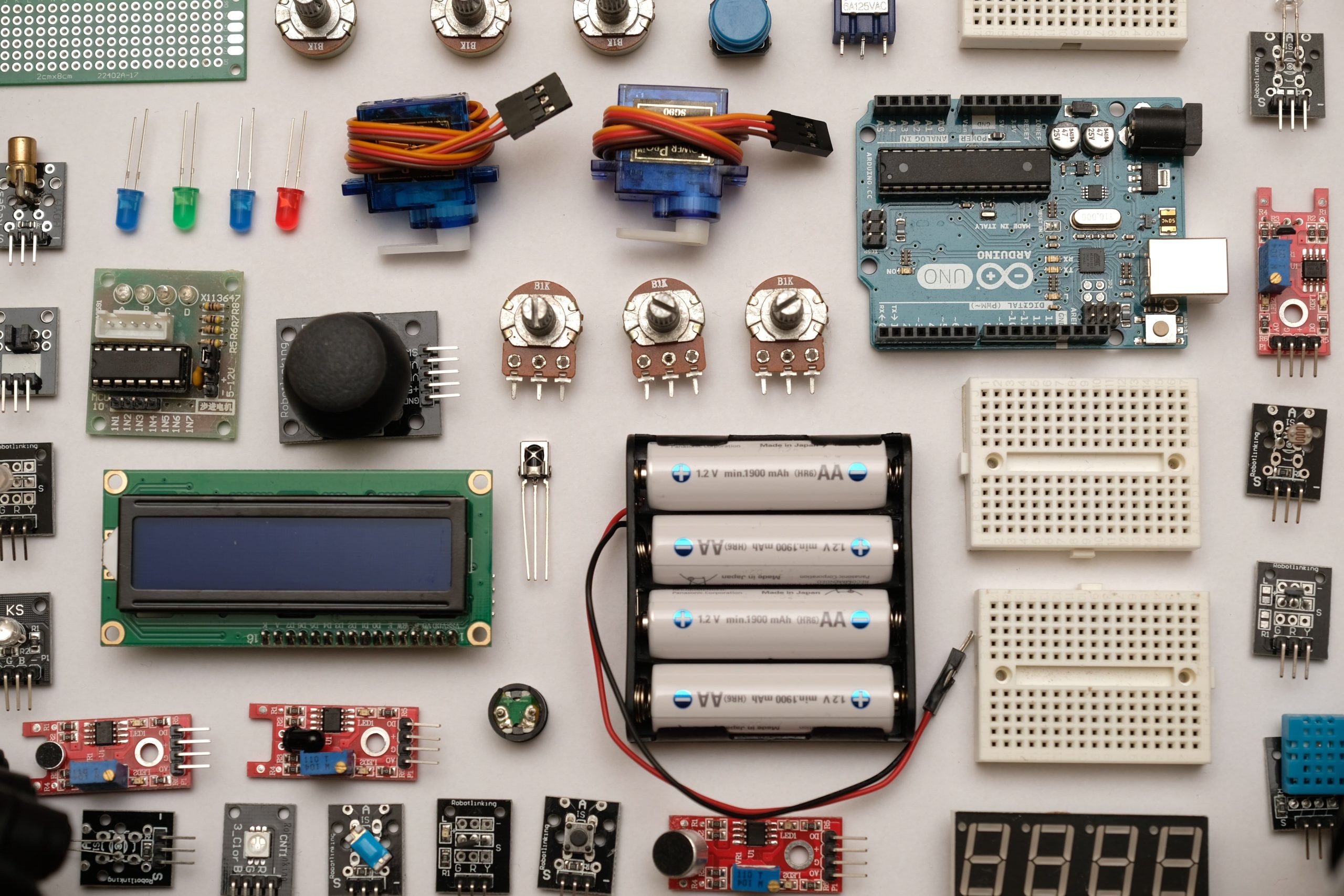The internet of things (IoT) is no longer a futuristic concept, but a reality that has transformed how we interact with technology. From smart homes to wearable devices, IoT-powered solutions have made our lives easier and more convenient than ever before. In the world of telecommunications, the impact of IoT has been nothing short of revolutionary. With advances in connectivity and data analysis, telecom companies are leveraging this technology to deliver innovative services that enhance customer experience and enable new business models. In this blog post, we explore how the Internet of Things is revolutionizing telecommunications in the US and what it means for businesses and consumers alike!
The IoT is Changing Telecommunications
The IoT is Changing Telecommunications
The Internet of Things (IoT) is a network of devices that are interconnected to share data. It encompasses everything from our everyday things like cars and appliances, to big industrial machines. The IoT has the potential to revolutionize telecommunications in the United States by making it easier to communicate and connect with devices across large networks.
One of the major ways the IoT is changing telecommunications is by making it easier to connect devices. For example, you can now control your car using a smartphone app, instead of having to get out of your car and walk to the dashboard. This type of connectivity not only makes life easier, but it also opens up new opportunities for telecommuters and businesses who need remote access to their systems.
Another way the IoT is changing telecommunications is by making it possible to monitor large networks remotely. For example, if there’s an issue with a piece of equipment at a factory, you can now monitor everything from afar using cameras and sensors. This type of monitoring not only saves time and money, but it also allows companies to avoid costly accidents.
The IoT has the potential to revolutionize telecommunications because it allows for more efficient communication between devices and systems across large networks.
The Advantages of the IoT for Telecommunications
The Internet of Things (IoT) is a network of physical devices and their embedded software that allow them to interact with one another to share data. This interconnectedness allows IoT to improve the way we live and work by making our physical worlds more intelligent.
One major advantage of the IoT is its ability to send real-time alerts when something goes wrong. For example, if a water pipe bursts, an IoT system could send an alert to the system administrator so that repairs can be made as soon as possible. The ability to take action quickly not only prevents costly damage but also saves lives.
Another benefit of the IoT is its ability to reduce waste. For example, if a company is able to identify when products are being returned too frequently, they can develop strategies to prevent these products from being resold. By reducing waste, companies are able to save money while also improving their sustainability efforts.
Overall, the IoT is revolutionizing telecommunications in the US by increasing efficiency and reducing waste.
Challenges of the IoT for Telecommunications
The IoT is revolutionizing telecommunications in the United States. The rapid expansion of smart devices and the accompanying increase in data generation are creating new opportunities for telecommunications companies to improve their services and connect more people to the internet.
One of the most significant challenges faced by telecommunications companies is managing the large influx of data. IoT devices generate vast amounts of data that must be processed and analyzed in order to provide usable information. This task is made even more difficult by the fact that IoT devices often communicate with each other autonomously, making it difficult to determine which data points are relevant and necessary for further analysis.
In order to cope with this influx of data, telecommunications companies are developing new ways of collecting and analyzing information. For example, AT&T has developed a system called Data-First Networking that uses artificial intelligence to identify patterns in large datasets. By using this technology, telecoms providers can quickly locate and identify problems that may be causing network congestion or other issues.
Another way in which telecommunications companies are attempting to manage the data generated by IoT devices is through fusion of multiple datasets. By merging disparate sets of data, telecom providers can create a single dataset that is more accurate and comprehensive than any individual source would be. This approach has been used by Comcast for its X1 platform, which uses machine learning algorithms to analyze customer usage patterns and generate recommendations about how best to serve them.
Conclusion
The Internet of Things is revolutionizing telecommunications in the United States. The IoT has the potential to change the way we live and work, making our lives easier and more efficient. By understanding how the IoT is changing telecommunications, we can better understand how it will impact our lives in years to come.




